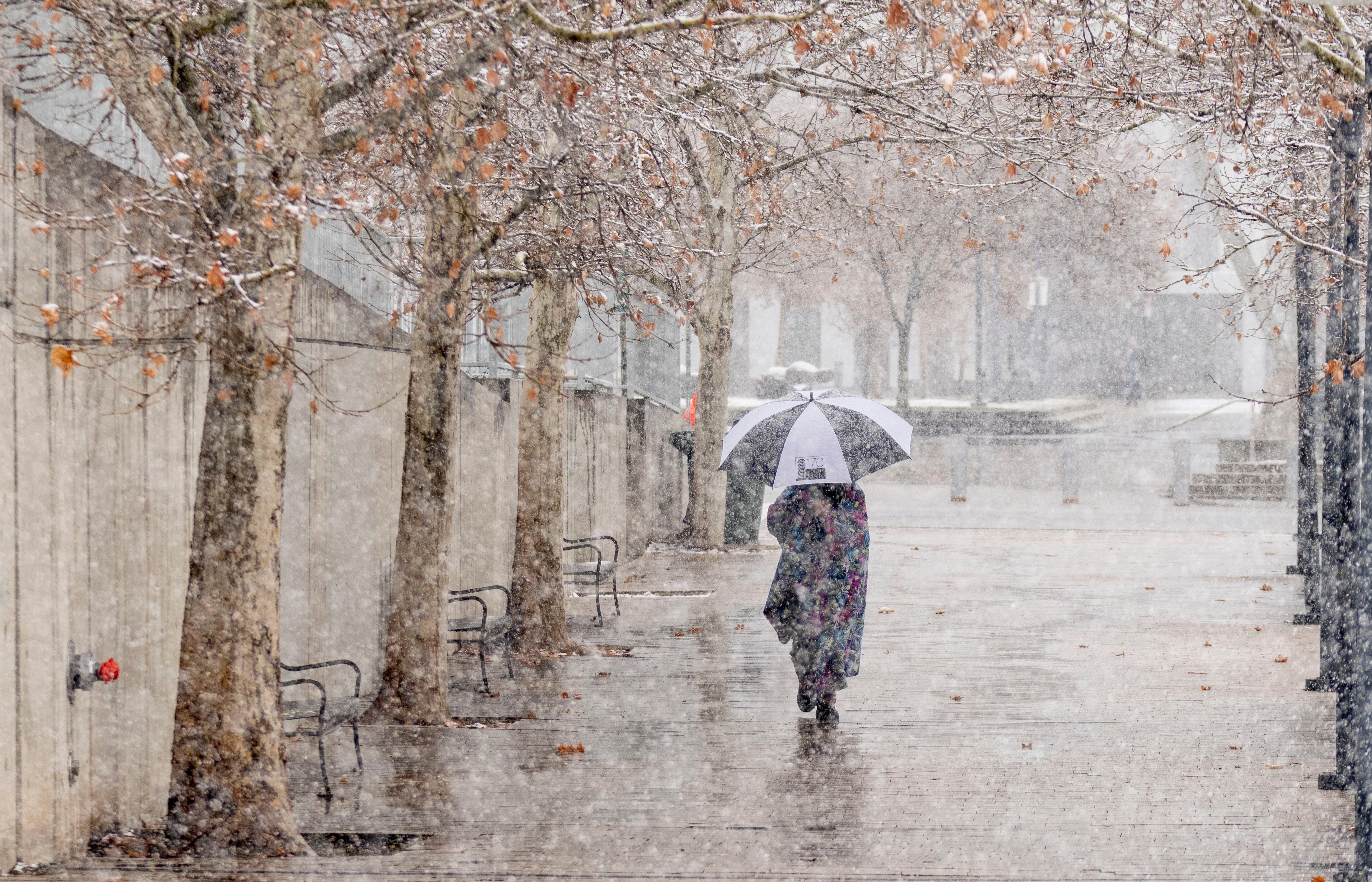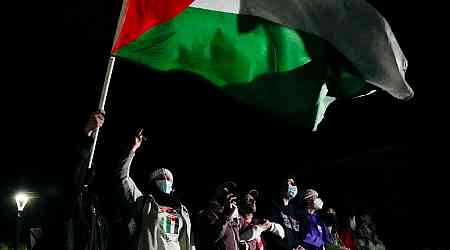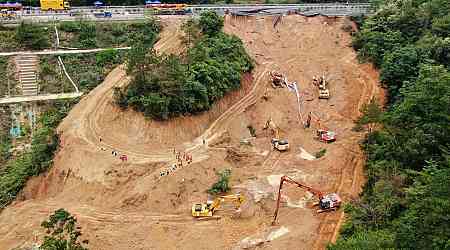Utah’s movers and shakers are hardly known for shaking things up in public, but those unspoken rules didn’t silence the Beehive State’s “Mother Teresa” from voicing her displeasure.
Speaking at the annual homeless persons vigil at Pioneer Park last month, longtime advocate Pamela Atkinson lauded the homeless services system’s ability to get people indoors this winter but said the temperature threshold for expanding shelter space was too low.
When temperatures are projected to be at or below 15 degrees, a state law passed last year says, winter shelters can expand their allowable capacity, and private businesses and organizations can open their doors to host unsheltered Utahns.
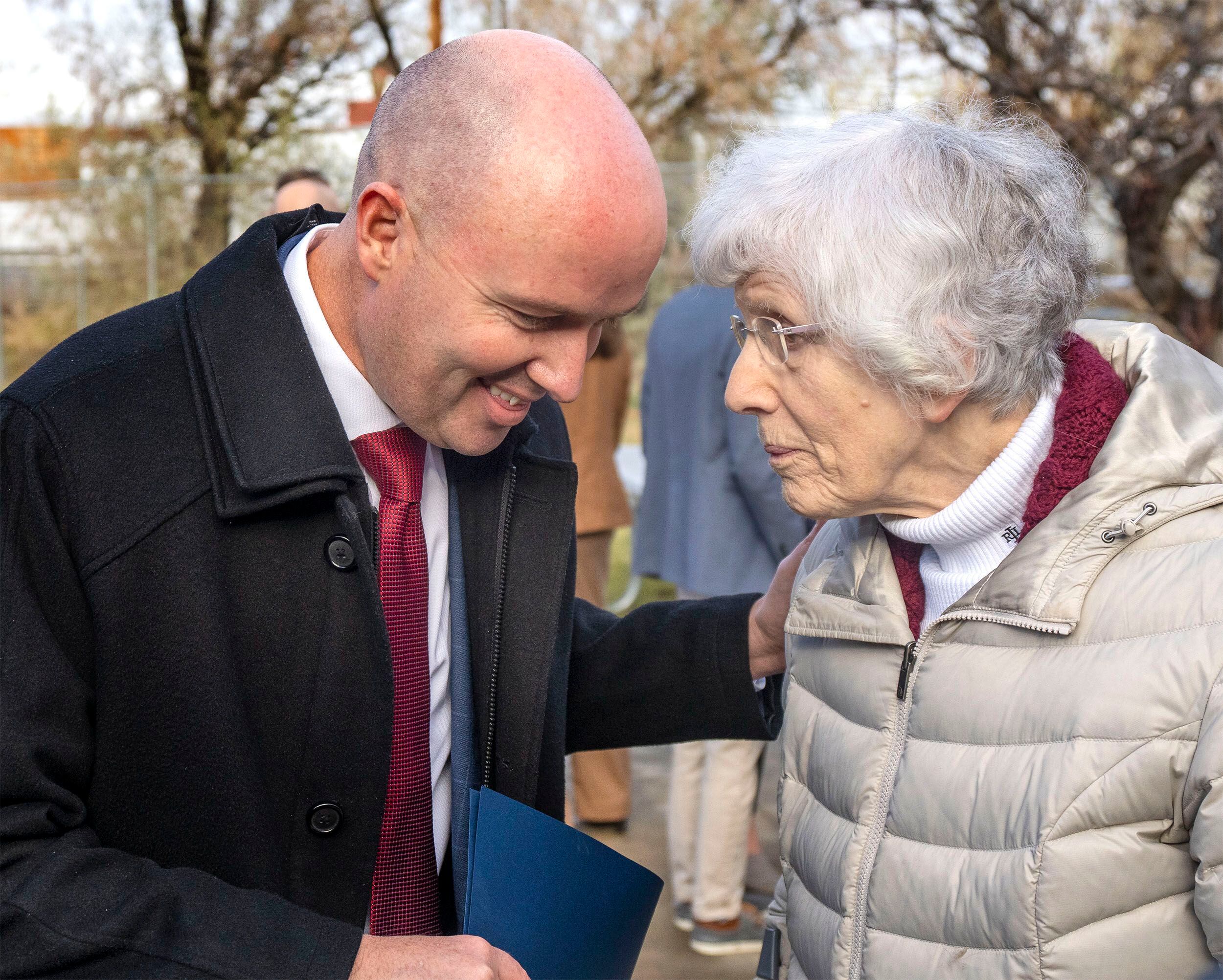
“We have to do something about that, Wayne,” Atkinson said at the vigil, directing her comments at state homelessness coordinator Wayne Niederhauser. “Fifteen is too low.”
Count Atkinson among other advocates and service providers who say Utah’s temperature designation for expanding shelter space needs to be higher.
For his part, Niederhauser said that while he wouldn’t fight proposals to raise the temperature, he has no plans to ask lawmakers to do it himself.
“I personally have felt,” he said in an interview, “that this has worked very well so far.”
Is 15 degrees adequate?
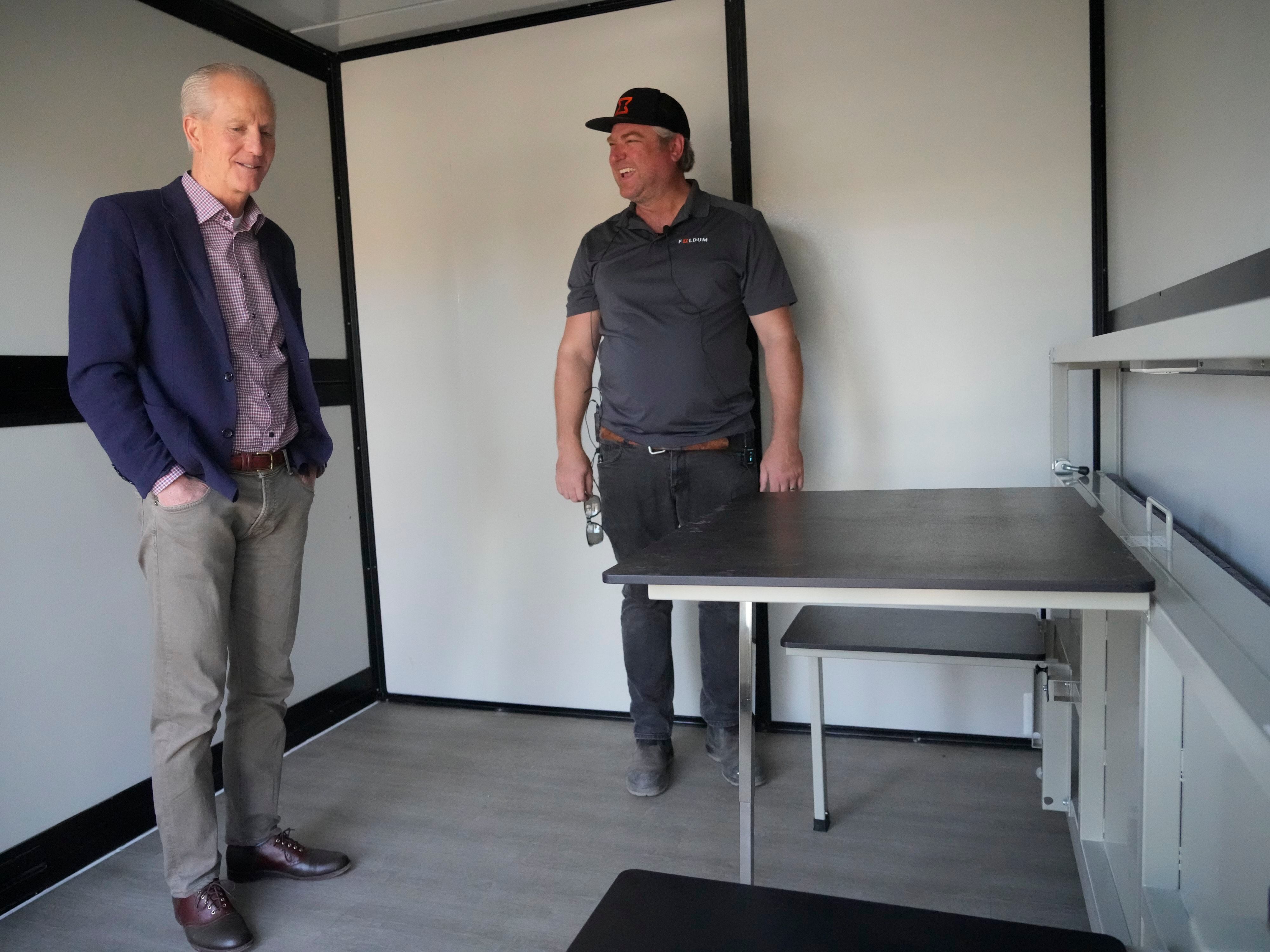
Code Blue declarations are made by the Utah Department of Health and Human Services for counties across the state. As of Friday, the department had declared Code Blue in Salt Lake County eight times.
This past weekend, Salt Lake County put out a call for volunteers to staff anticipated Code Blue nights this week.
Niederhauser has said the winter overflow plan that leaders within the county are forced to create each year is designed to meet the demand most of the time and that Code Blue is a fallback plan for surging demand during extreme temperatures.
This year’s winter shelter plan, he said, calls for expanding the system by 200 beds during Code Blue alerts.
At the time lawmakers passed the Code Blue law, Unsheltered Utah Executive Director Wendy Garvin said the Code Blue threshold was too low, adding that crises can emerge before temperatures plunge to 15. Hypothermia can occur even at temperatures above 40 degrees if someone is wet, and frostbite can set in when outside temperatures dip below freezing.
In an ideal world, Garvin said in an interview, the temperature threshold for expanding bed space would be 32 degrees to stave off medical problems, but she would settle for upping the temperature to 25.
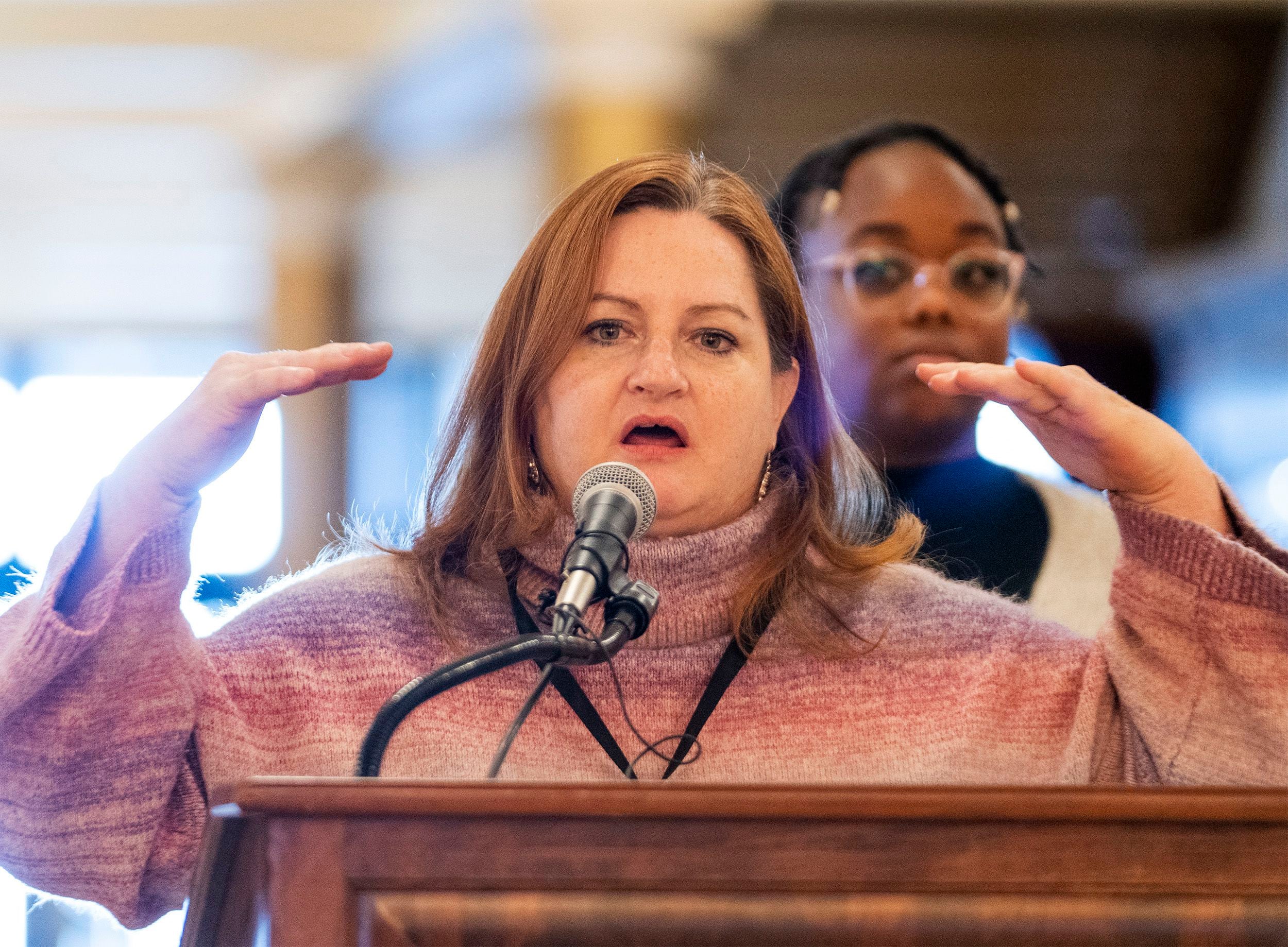
That’s the level she and a group of volunteers used to trigger the opening of “overnight movie nights” last year at the historic First United Methodist Church in downtown Salt Lake City.
“Twenty-five,” she said, “is pretty darn cold.”
Carol Hollowell, executive director of nonprofit homeless services provider Switchpoint, said a Code Blue response is needed, but 15 degrees is much too low to make a difference.
She, like Garvin, argues the standard should be closer to 25 degrees.
Although an early draft of the bill that created Code Blue had a higher threshold, lawmakers ultimately ended up reducing it.
Hollowell suspects the decision to set the temperature at 15 came down to money. If counties were required by law to react to Code Blue, she said, there wouldn’t have been enough money to go around if declarations were made at a higher temperature.
“Can we make a pitch for next year to change that?” she said. “I hope so. I hope, as providers, we can rally around and say people are losing digits and feet at 25, not 15.”
A focus on more permanent beds
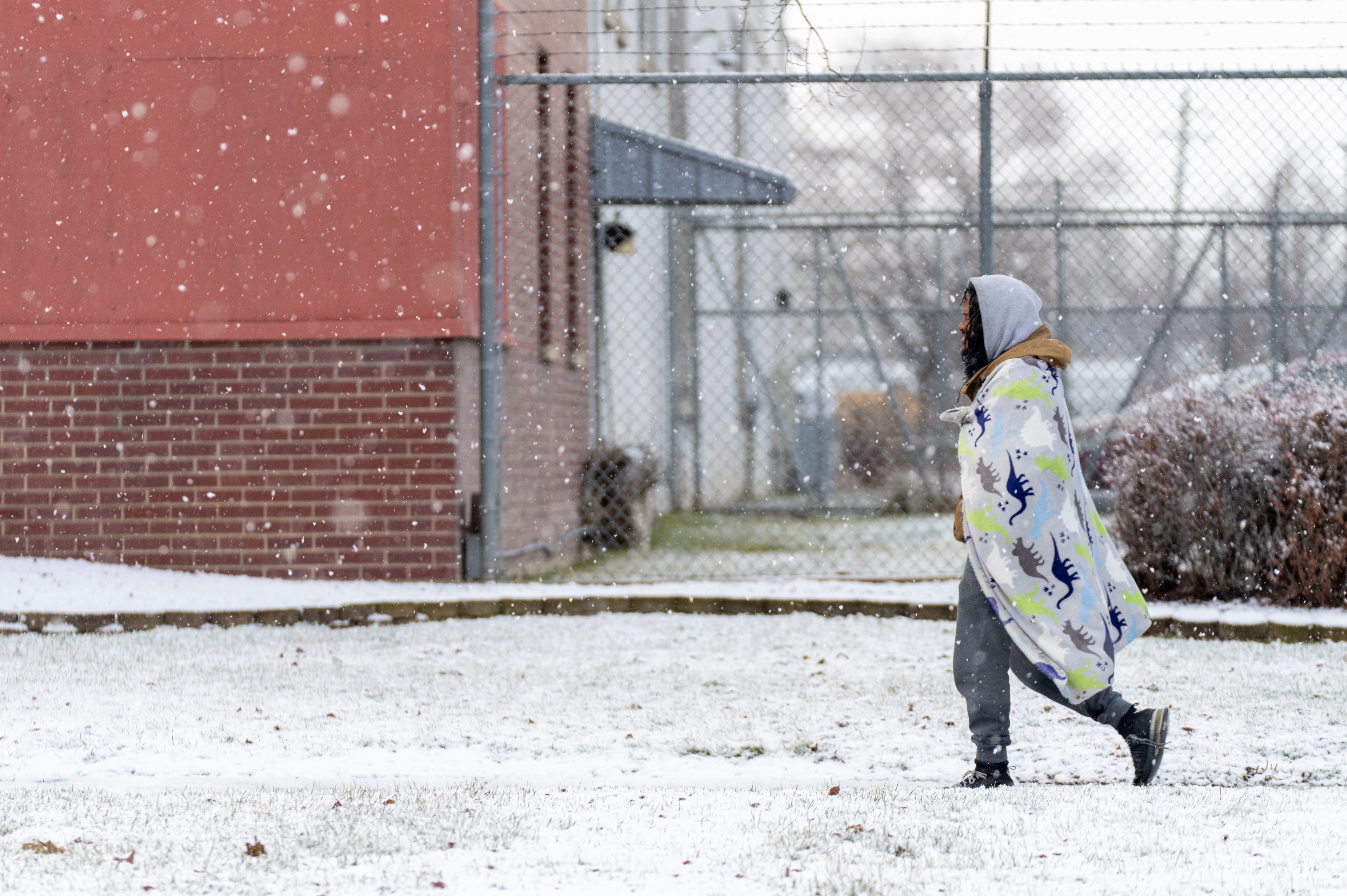
A higher temperature, Niederhauser said, could mean the shelters are under a Code Blue alert pretty much all winter.
“If you’re in cold blue all winter long,” he said, “you should just include that in your winter plan and have sufficient beds to cover that all winter.”
Niederhauser said winter planning is done with the best knowledge available at the time. The hundreds of beds the homeless services system planned for in this year’s winter response seemed sufficient at the time, he said, but officials didn’t anticipate stricter enforcement from Salt Lake City police of the city’s prohibition on illegal camping.
“Because of that,” he said, “we saw more people in shelter sooner than we had in the past.”
With winter overflow beds closer to capacity on a regular basis, Niederhauser said, the focus should be on creating more beds generally, not on raising the threshold for expanding the wintertime system.
“That should be the conversation,” he said. “Rather than increasing the temperature, it should be, ‘Well, we should have had more beds and funded more beds.’ But that’s subject to legislative bodies giving us enough money to open those beds.”
Niederhauser said getting money for those additional beds is on the governor’s agenda as Utah barrels toward the legislative session that starts next week.
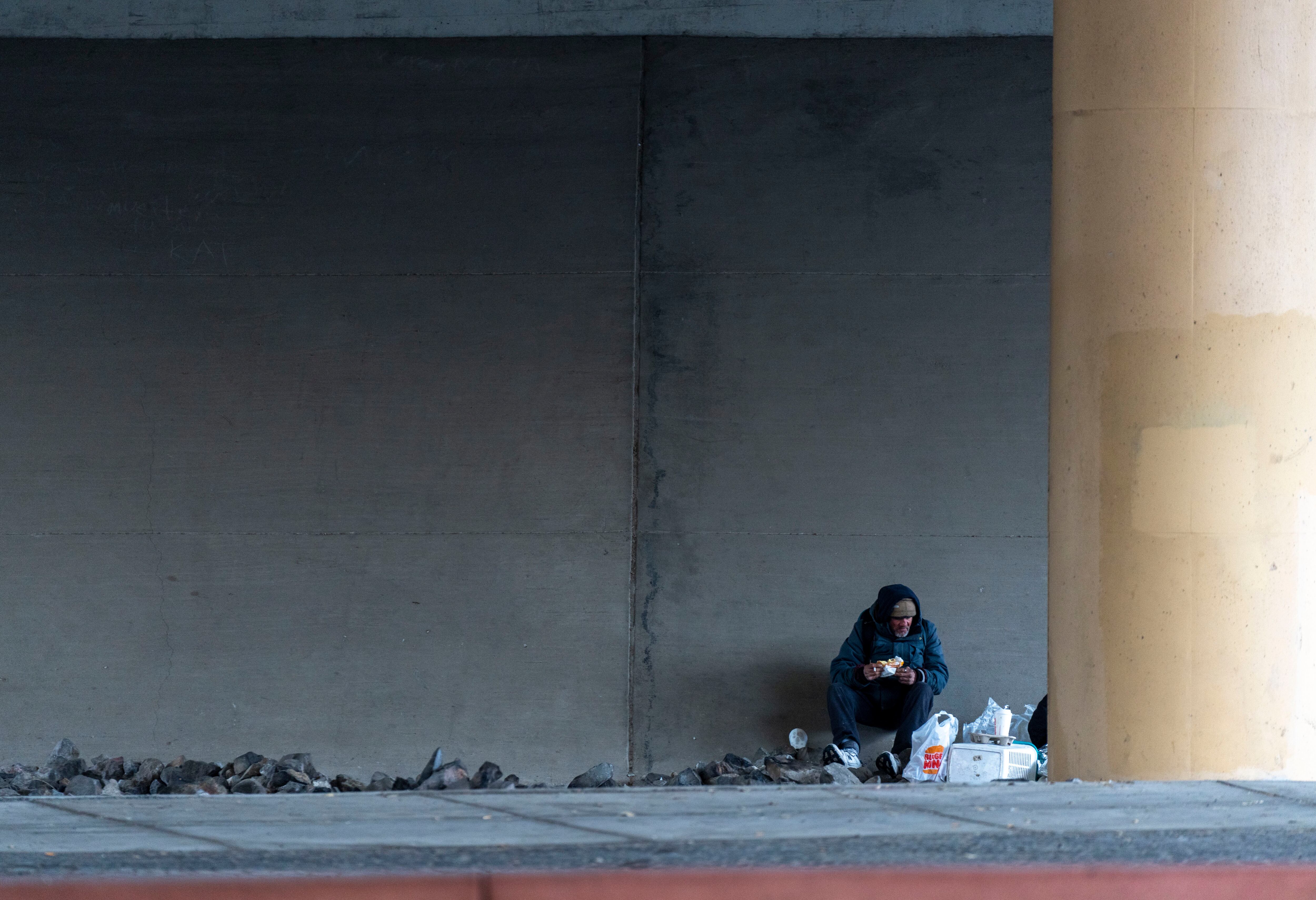
Gov. Spencer Cox is requesting roughly $150 million, Niederhauser said, to beef up the homelessness response. That pot of money would fund a permanent legal homeless camp under the 500 South freeway ramps in Salt Lake City and pay for a new year-round shelter that could house 600 to 800 people.
Niederhauser said that could bring an end to the annual scramble to come up with a winter overflow plan. It costs more to run a shelter year-round, he added, but the state wastes money ramping up services for the winter and ramping down in the springtime.
On top of that, he said, the current system leads to releasing hundreds of people back to the streets when temperatures rise.
“We don’t want to do that anymore,” Niederhauser said. “We want them to be able to stay in shelter year-round and work on the resources they need to get into housing, treatment, whatever else that person needs to thrive as much as they possibly can.”
Now that Code Blue has been established, he said, it may be time to take on Code Red to help those facing sweltering summers. That depends — as is always the case with such initiatives — on what kind of money is available.
